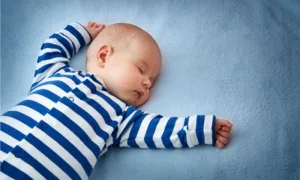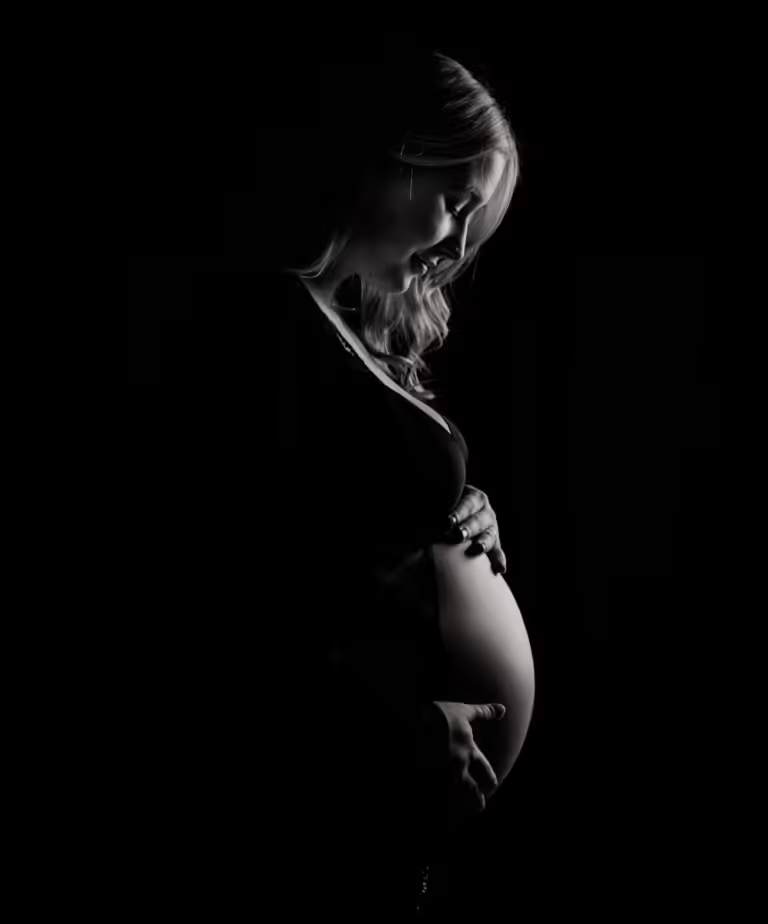Could Your Child’s Sedentary Lifestyle Be Affecting Their Development? New Research Reveals Surprising Link Between Movement and Cognitive Growth
New research reveals a surprising link between a child’s movement and their cognitive development, suggesting that sedentary lifestyles could have long-term impacts beyond physical health. As parents, we are constantly bombarded with information about the importance of our children’s physical health, especially in today’s digital age where screen time often trumps outdoor play. We diligently track their growth charts, ensure they eat a balanced diet, and encourage active play. But what if we told you that a child’s movement, or lack thereof, could be impacting their cognitive development in ways we are only beginning to understand?
This article delves into the groundbreaking research presented in the scientific journal Children, specifically the study titled “Appropriate Vestibular Stimulation in Children and Adolescents—A Prerequisite for Normal Cognitive, Motor Development and Bodily Homeostasis—A Review.” This research sheds light on the intricate workings of the vestibular system, the often-overlooked sensory system responsible for balance and spatial orientation, and its far-reaching impact on a child’s overall development.
Prepare to be amazed by the complex journey of vestibular development, starting from the womb and continuing through adolescence, and gain a newfound appreciation for the crucial role movement plays in shaping your child’s cognitive abilities, emotional regulation, and even hormonal balance.
The Vestibular System: More Than Just Balance
Most of us associate the vestibular system with balance, and rightly so. This intricate system, housed within the inner ear, acts as our internal compass, constantly feeding information to the brain about our body’s position, movement, and spatial orientation. However, what recent research has unveiled is far more fascinating. The vestibular system, far from working in isolation, is intricately connected to a vast network within the brain, influencing not just our physical coordination but also our cognitive skills, emotional regulation, and even hormonal balance.
From Womb to World: The Amazing Journey of Vestibular Development
Believe it or not, the foundation for this crucial sensory system is laid even before a child takes their first breath. As early as the third week of gestation, the intricate structures of the inner ear begin to form. By the seventh week, the first sensory cells, called hair cells, emerge, marking the beginning of a remarkable journey of development. These hair cells are highly specialized, acting like tiny sensors that detect movement. They are found in the semicircular canals, which respond to rotational movements, and the otolith organs, which detect linear acceleration and gravity.
Amazingly, by the 32nd week of pregnancy, these delicate structures are already functional, enabling the fetus to sense their mother’s movements and experience their first sensations of gravity. This early exposure to vestibular stimulation is thought to be crucial for developing the neural connections that will guide motor skills after birth.
While the structural development of the inner ear is complete at birth, the story doesn’t end there. The central connections in the brain that process and interpret vestibular information continue to develop throughout childhood and adolescence. This is where things get really interesting. Research suggests that this postnatal development is heavily influenced by a child’s experiences, particularly their exposure to movement and different types of sensory input.
The Critical Role of Movement in Shaping Your Child’s Brain
Think back to the classic milestones of motor development: rolling, crawling, walking, running, jumping. Each of these achievements marks not only a physical accomplishment but also a significant leap in the development of the vestibular system and its interconnected brain networks.
As children engage in these activities, their brains are bombarded with sensory information. The vestibular system works in concert with other sensory systems, such as vision and proprioception (the body’s awareness of its position in space), to make sense of these experiences and refine motor skills. For example, when a child learns to walk, their vestibular system is working tirelessly to maintain balance, while their visual system provides spatial cues and their proprioceptive system relays information about the position of their limbs.
This intricate dance of sensory information strengthens neural connections, leading to improved coordination, balance, and spatial awareness. But the benefits don’t stop there. Research suggests that this process of sensory integration extends to higher-level cognitive functions, such as attention, memory, language development, and even emotional regulation.
The Alarming Rise of Sedentary Behavior and Its Potential Impact on Development
Unfortunately, in today’s technology-driven world, children are engaging in less physical activity and spending more time in sedentary activities. The rise of screen time, coupled with a decrease in unstructured playtime, has led to a generation of children who are not getting the vestibular stimulation their developing brains need.
This trend has raised concerns among experts, who warn that a lack of adequate vestibular stimulation during these critical periods of development could have long-term consequences. While more research is needed to fully understand the implications, studies have shown a correlation between sedentary behavior in childhood and:
- Delayed Motor Development: Children who engage in less physical activity may experience delays in reaching motor milestones, such as rolling, crawling, and walking. They may also have poorer coordination and balance compared to their more active peers.
- Impaired Cognitive Function: Emerging research suggests a link between vestibular stimulation and the development of higher-level cognitive functions, such as attention, memory, language, and spatial reasoning. Some studies have shown that children with vestibular impairments often experience difficulties in these areas.
- Emotional and Behavioral Challenges: While the exact mechanisms are still being investigated, there is growing evidence to suggest that the vestibular system plays a role in emotional regulation. Some experts believe that inadequate vestibular stimulation could contribute to emotional and behavioral problems in children, such as anxiety, difficulty with transitions, and sensory processing issues.
The Importance of Early Intervention and Fostering a Love for Movement
The good news is that we can take steps to mitigate these risks and provide our children with the sensory experiences their developing brains crave. It’s never too early to start incorporating vestibular stimulation into a child’s routine. In fact, simple activities like rocking, swinging, and bouncing can have a profound impact on a baby’s developing nervous system.
As children grow, encourage them to engage in activities that challenge their balance and coordination, such as:
- Playground Fun: Swings, slides, monkey bars – these playground staples aren’t just fun; they are a vestibular workout in disguise! Encourage your child to explore different types of movement and challenge themselves physically.
- Get Moving Together: Make physical activity a family affair. Go for bike rides, hikes, or walks in the park. Play tag, frisbee, or dance together. Not only will this provide vestibular stimulation, but it will also create lasting memories and promote a healthy lifestyle.
- Creative Play Indoors: When the weather keeps you inside, get creative! Build a pillow fort, have a dance party, or create an obstacle course. Even simple activities like playing catch or rolling a ball back and forth can provide valuable vestibular input.
The Future of Vestibular Research and Its Implications for Child Development
The research presented in this article is just the tip of the iceberg. Scientists are just beginning to unravel the complexities of the vestibular system and its far-reaching influence on human development. As our understanding grows, we can expect to see even more targeted interventions and therapies that harness the power of the vestibular system to improve the lives of children.
By staying informed and advocating for policies that prioritize physical activity and reduce sedentary behavior, we can help shape a future where all children have the opportunity to reach their full potential, both physically and cognitively.
Remember, behind every playful spin, jump, and tumble is a brain making vital connections that will last a lifetime. Let’s empower our children to move, explore, and experience the world around them – their brains will thank them for it.
See Also : The Vestibular System’s Role in Walking
See Also : Rocking Them Gently: How the Vestibular System Soothes and Empowers Babies
See Also : How the Vestibular System Helps Babies Feel Safe and Secure
See Also : Milestones Matter: How Your Child Plays, Learns, Speaks, Acts, and Moves









[…] the boldness to navigate the complexities of life. This, in flip, lays the inspiration for optimum cognitive progress, permitting kids to succeed in their full […]